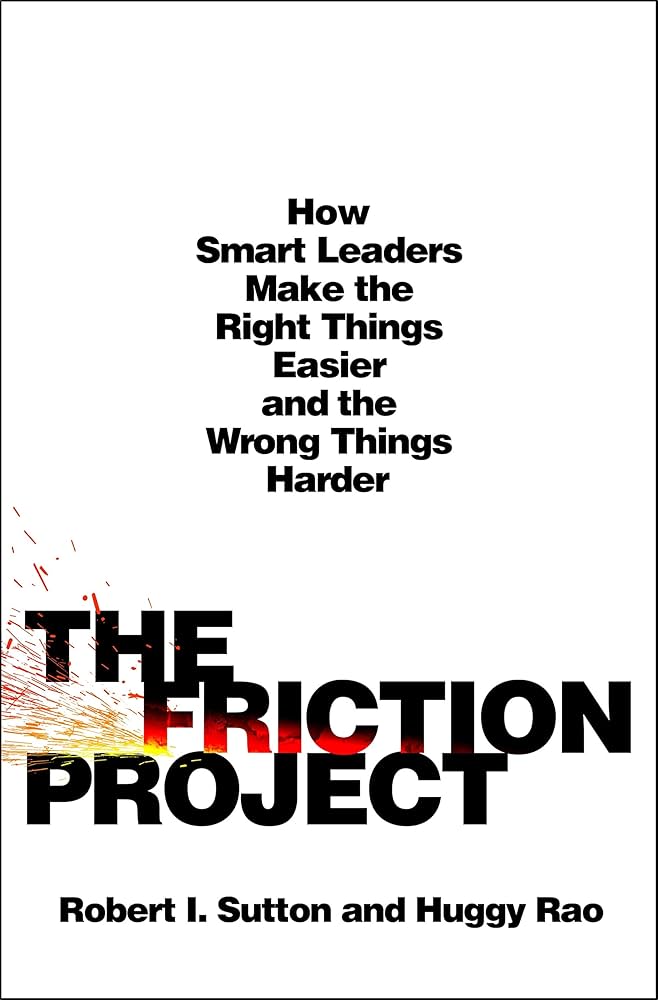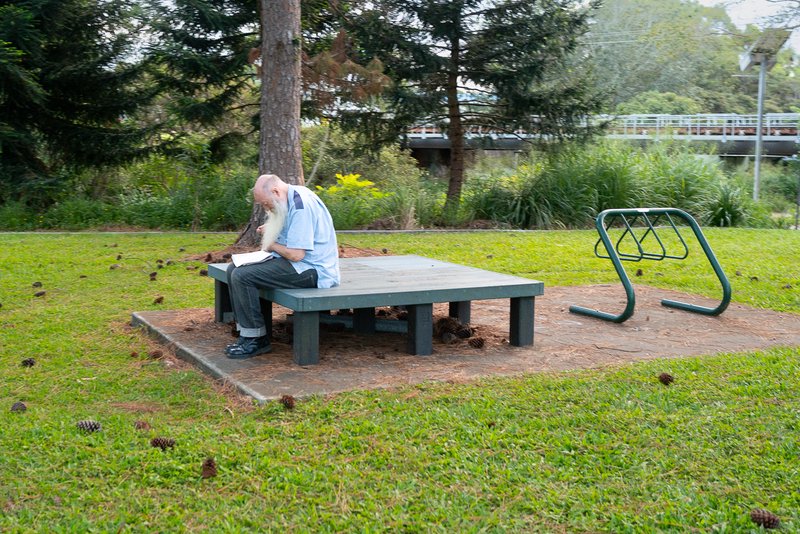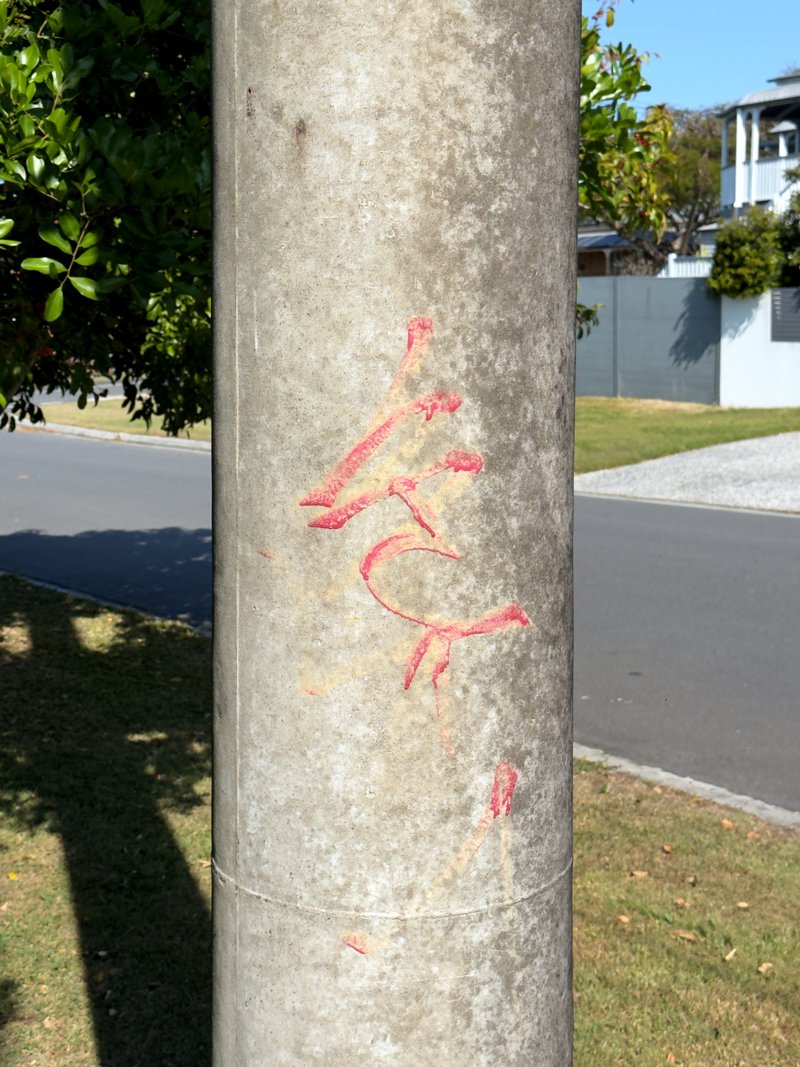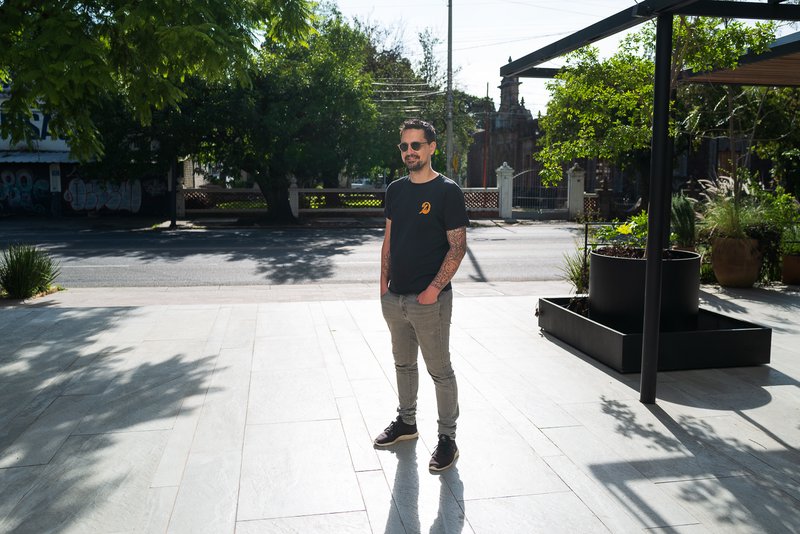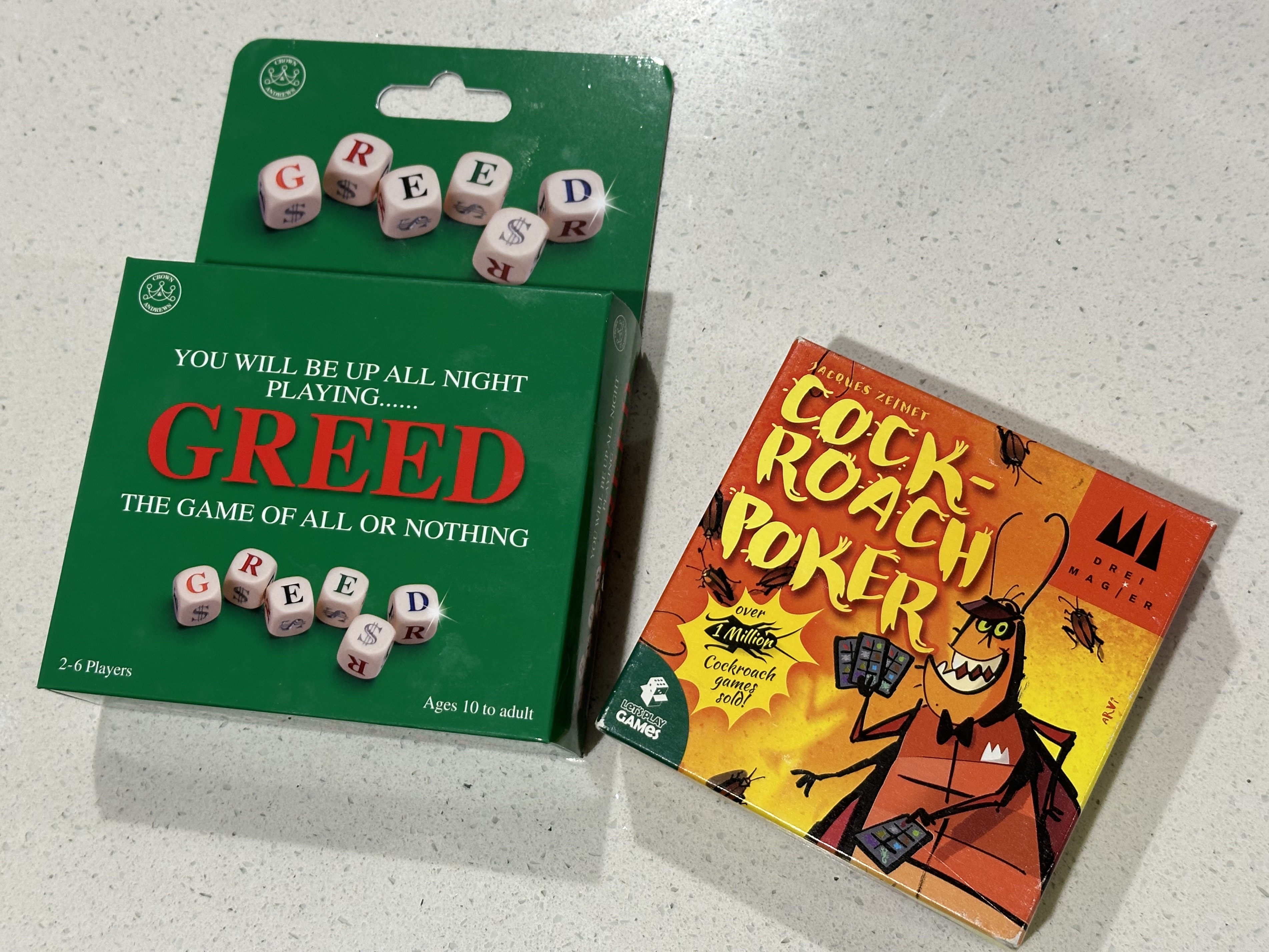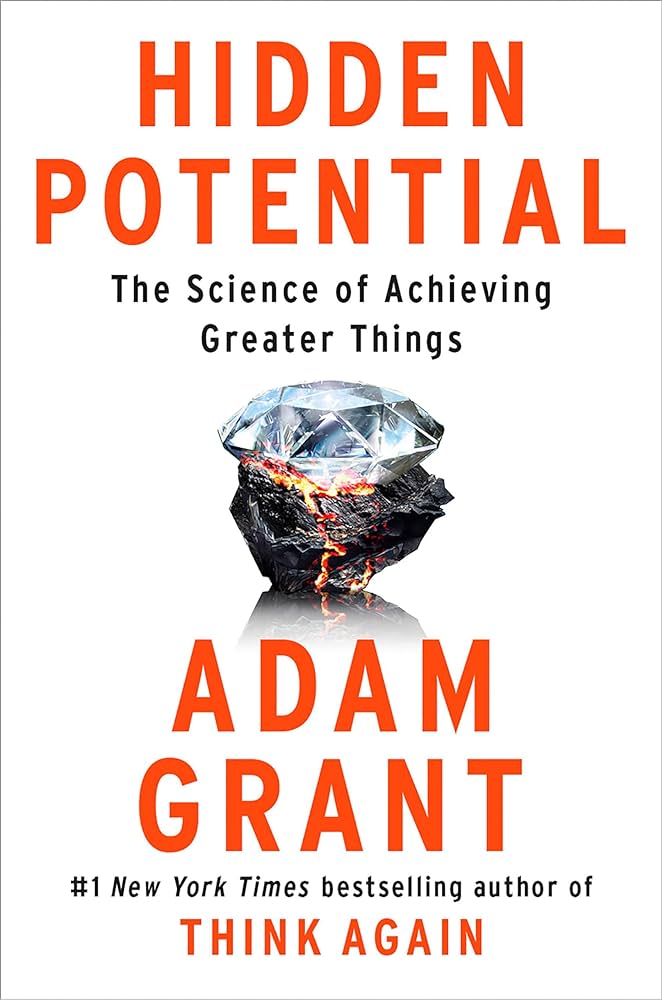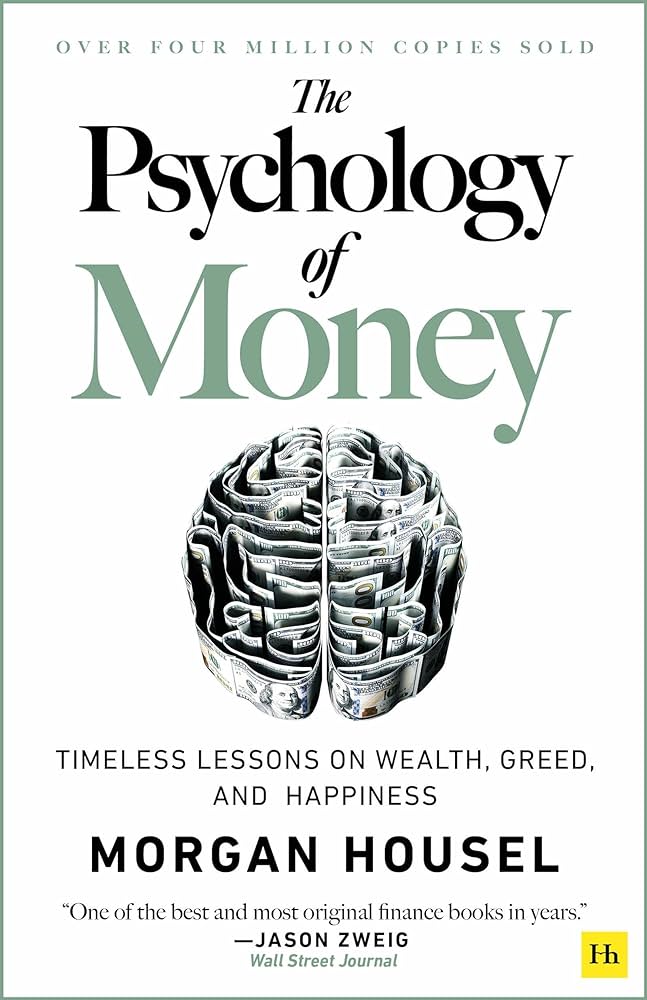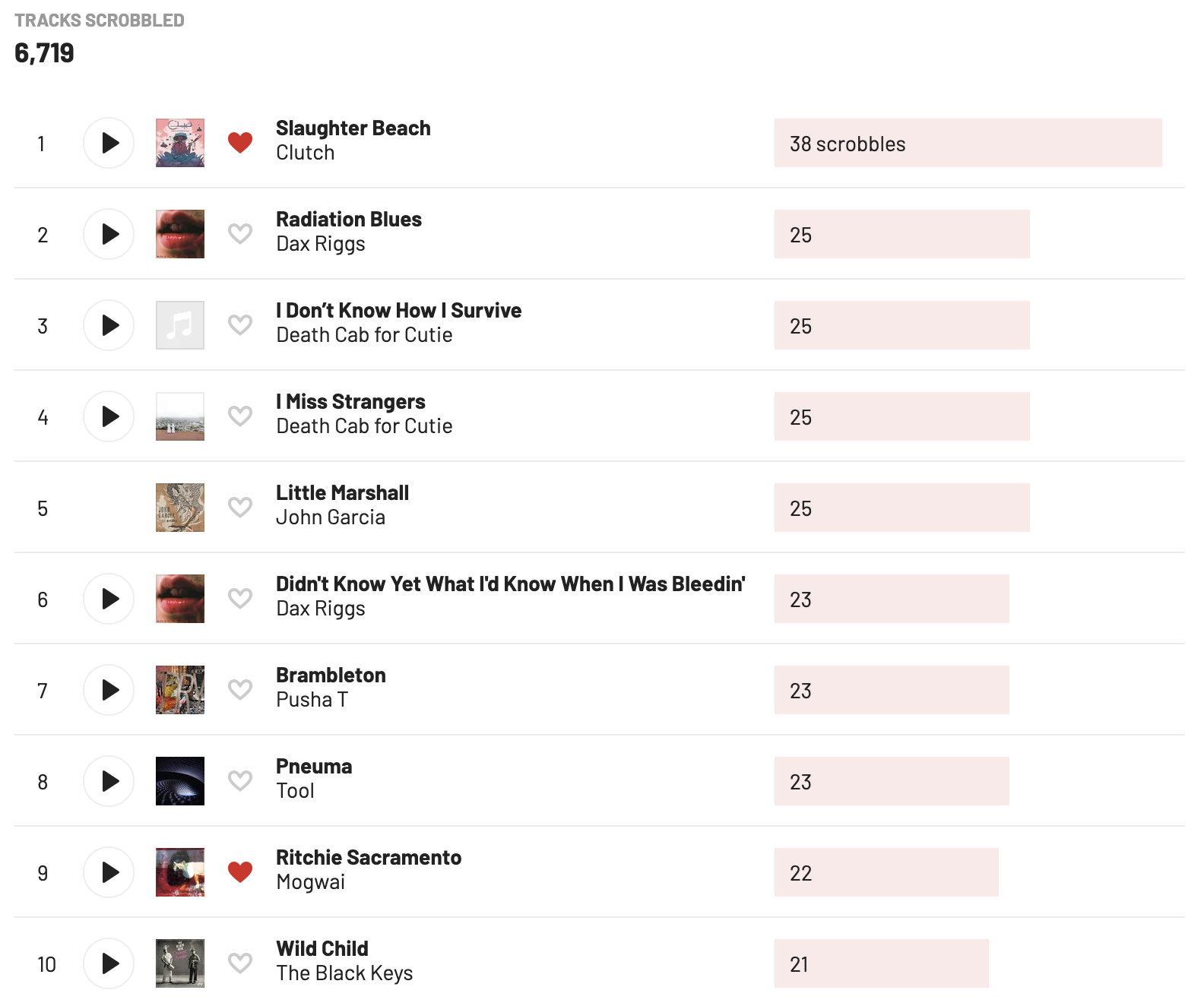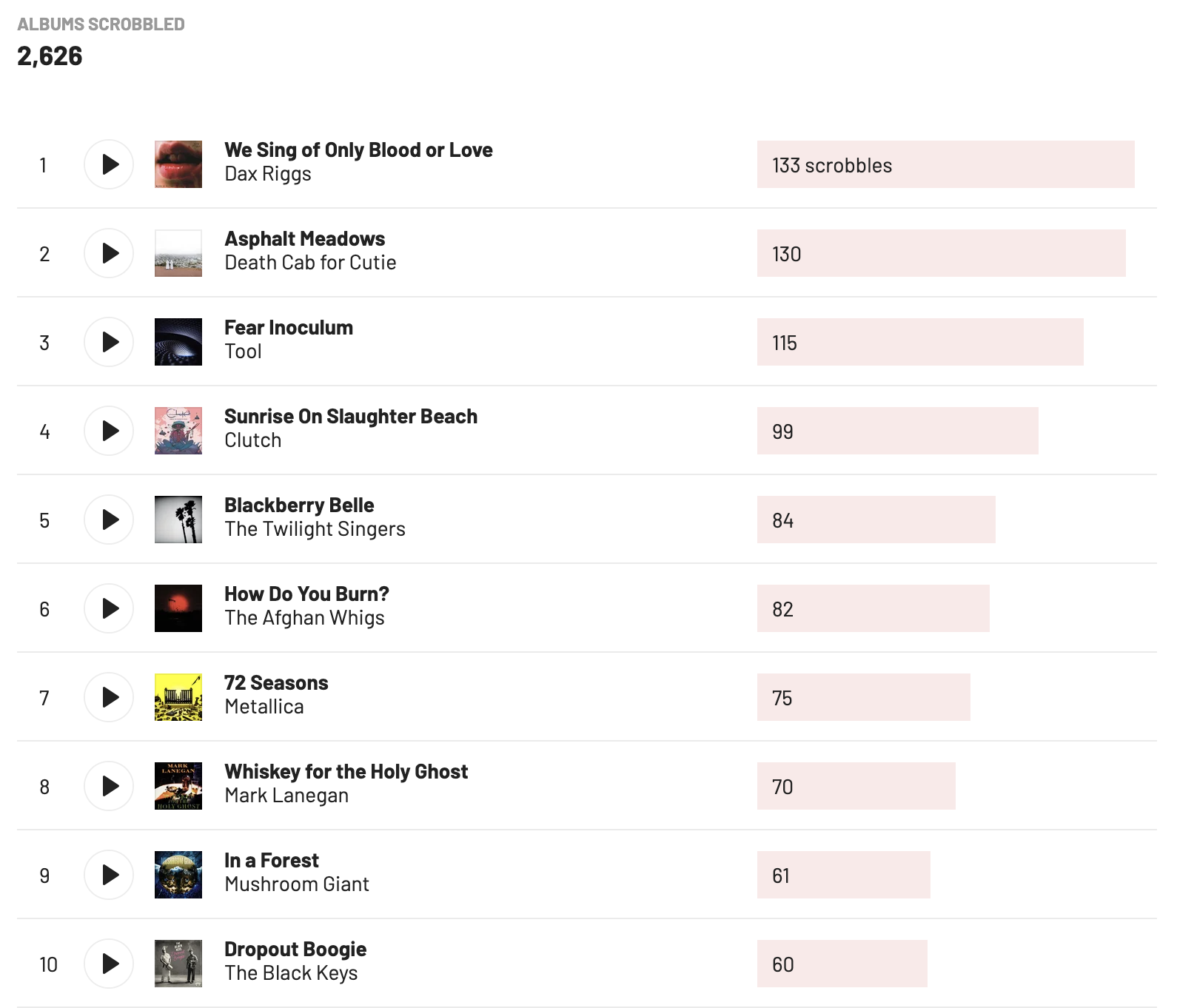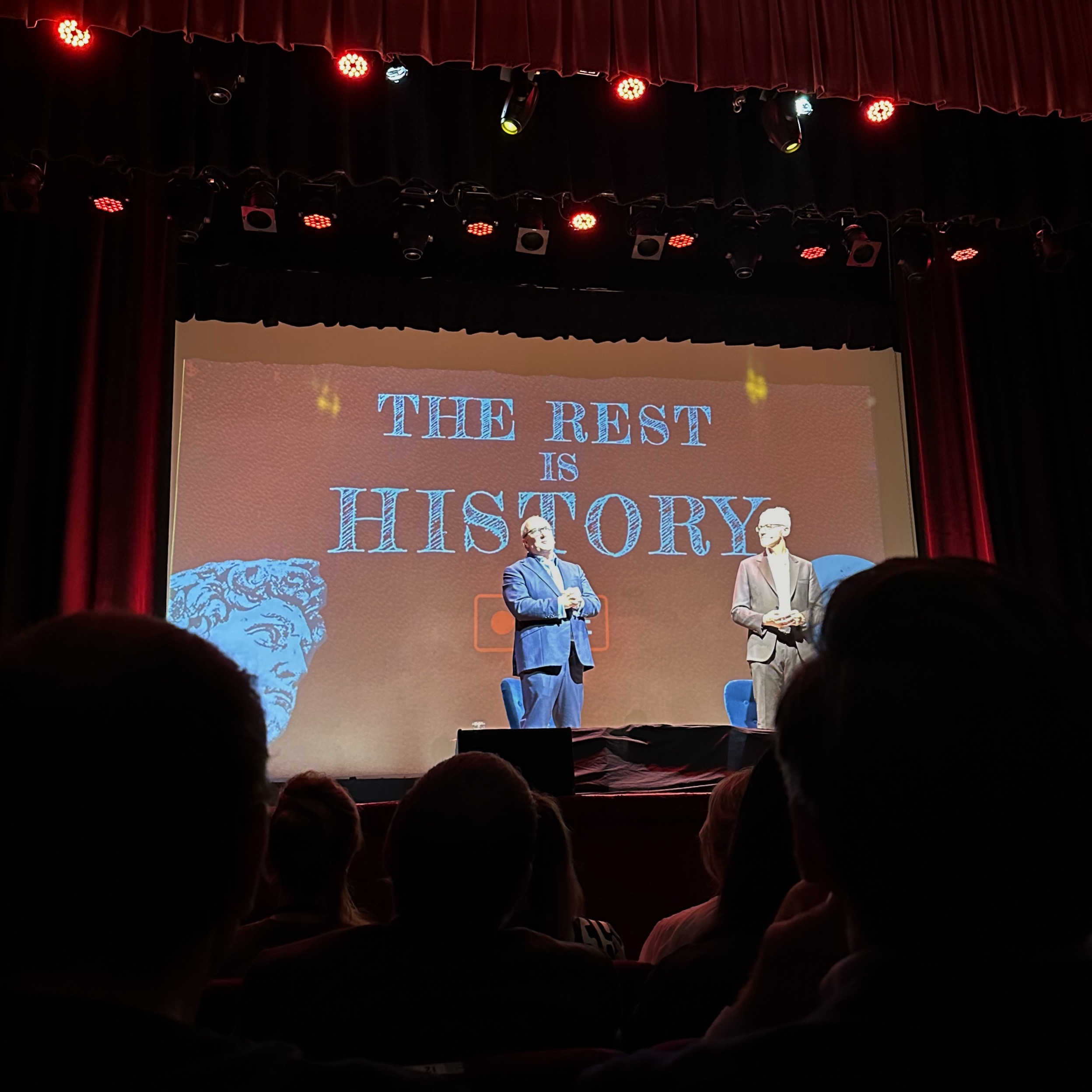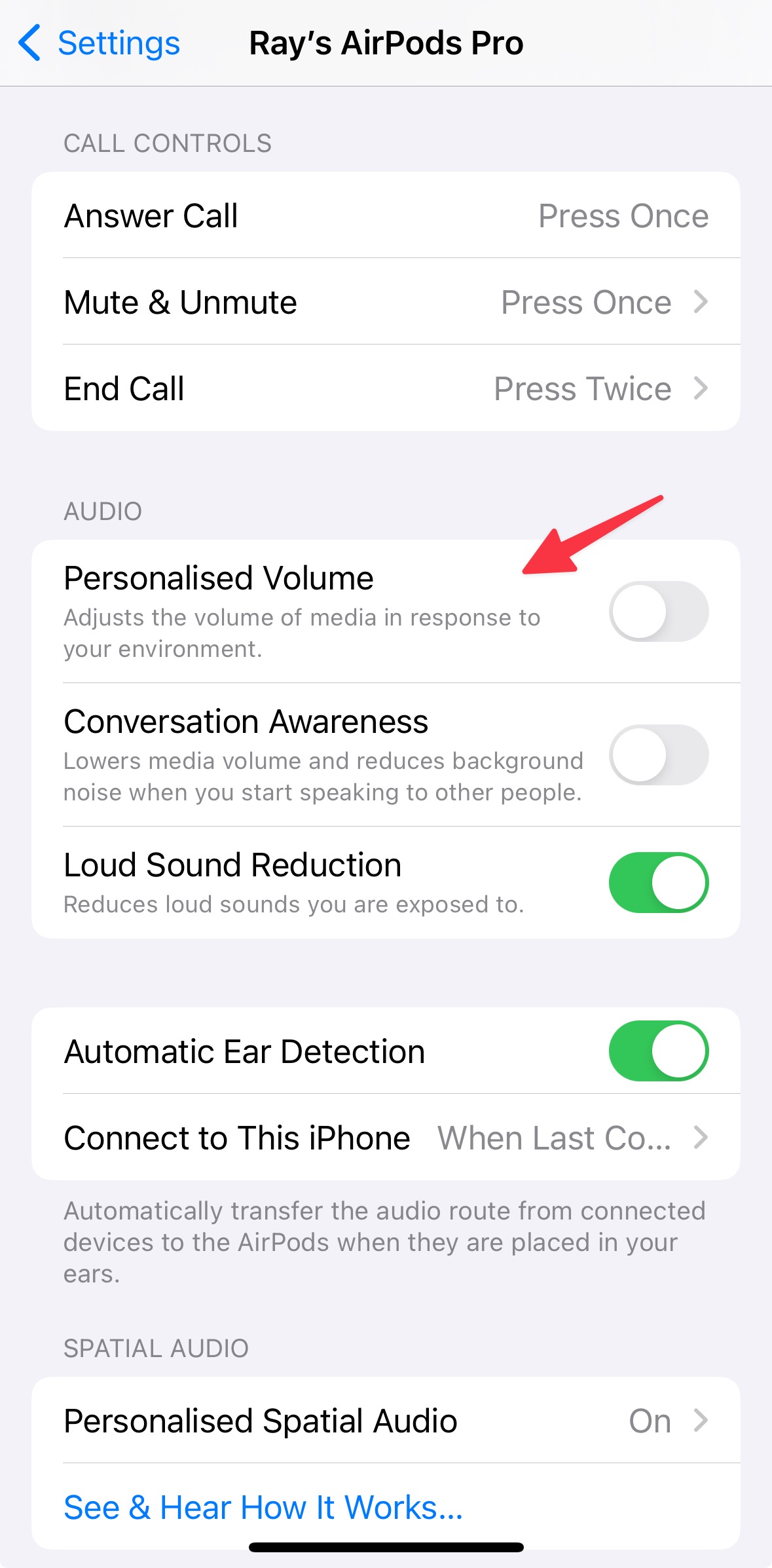iPhone Apps I Use

I love finding out about what apps other folks use so I thought I’d give a rundown on what’s on my iPhone.
Health and fitness
Zenitizer - A meditation timer that can play some white noise and throw up chimes on a custom interval. Most of the other meditation apps are junky or have a bunch of courses in them and cost a bunch more.
MacroFactor - A calorie tracker app that has a nicer UX than MyFitnessPal. Remember kids, you can’t outrun your mouth.
Hevy - Fairly simple way to track strength workouts. The Apple Watch companion app is solid.
Fitbod - I’m not using it at the moment, but if you want an app to suggest workouts based upon equipment you have to hand that has good Apple Watch integration, this is great.
Photography
Darkroom - I like how this edits photos in place non-destructively. There’s decent variety in its preset community. Lightroom has better masking and noise reduction options which is sometimes helpful.
Retouch - When I want to spot remove blemishes, this app does a bang up job.
Halide - Manual shooting controls, and now with Process Zero, less processed raw images.
Google Photos - I use this mostly as a second photo library backup (after Apple Photos). The search is better than Apple photos (duh) and the geographic heatmap view is fun.
Leica and Fuji apps - Mostly used for pairing with my cameras so I can tag GPS coordinates as I shoot.
Lumy - A nice, sanely priced, golden hour tracker.
Kino - Doofus-proof colour grading and anti shake are baked into this video camera.
Reading
Instapaper - The O.G. read-it-later app for me. It’s still where I read and highlight the most.
Unread - My RSS feed reader. I use Feedbin as a backend. I use Unread to scan through my RSS feeds and triage articles I want to read. The ones I like, I send to Instapaper.
Kindle and Audible - I read or listen to most of my books here. Though, now that Spotify premium offers 15 hours a month of audiobook listening, I’m using that more. With that said, the Audible interface is way better.
O’Reilly - I have an O’Reilly subscription through work so I read some technical work on here.
Readwise - I’m on a grandfathered plan from the beta. I pump my Kindle and Instapaper highlights into this. The daily review feature in this app is like having flashcards for them.
The Economist - I read the “World in brief” most days to catch up on what’s happening around the traps.
StoryGraph - I’m trying this to track the books I want to read. It’s a bit clunky but does the job.
Music and Podcasts
Spotify - My music subscription service of choice. I kick off most work weeks with my “Discover Weekly” playlist. Spotify’s recommendations continue to throw up things I haven’t heard before that I like.
Marvis - I still have a bunch of music uploaded to Apple Music via iTunes Match. Marvis is a nice player for my Apple Music library. It includes Last.fm scrobbling and lyrics viewing which is handy.
Overcast - My podcasting app of choice for years now. The Smart Speed feature is still killer.
MusicBox - I track albums I want to listen to in here.
Dark Noise - A white noise app for those times I need to lock into some work. Headphones on and fire up one of the mixes I’ve made.
Productivity and Miscellaneous
Things - Where I track everything I want to do at work and at home. Syncs to my Mac and iPad which is essential.
Bear - My note taking and personal knowledge base. The UI is slick and the search and tagging works.
Gmail - I use Gmail for work and personal email so the standard app from Google makes sense.
Google Calendar - Somehow this is the best calendar app I’ve found. It handles iCloud calendars and Google calendars (for work) in one place well.
Day One - I’ve been journaling in this for something like 13 years. I love it. The “On this day” view surfaces up something interesting most days.
Mela - A nicely designed app for saving recipes.
1Password - I still use this for passwords and secrets for work and the family.
SwiftScan - It’s getting a bit pushy with upgrading but this base version still works a treat when it comes to scanning receipts or documents.
Soulver - In the venn diagram between a calculator and a spreadsheet.
Stock Apple apps
Apple Photos - I export at least a JPG of all my photos here. The photo widget and Apple TV screensaver reliably bring me joy with the photos they surface.
Camera - This is the camera I use the most.
Apple Maps - The maps have gotten good and I prefer its turn-by-turn guidance over Google Maps.
Fitness and Health - I track all my workouts, activity, and sleep in here. Absolutes can be off but the trends are good to pay attention to.
Shortcuts - This hits me in the soft futzing centres of my soul. I enjoy gluing stuff together and making accessing apps easier.
